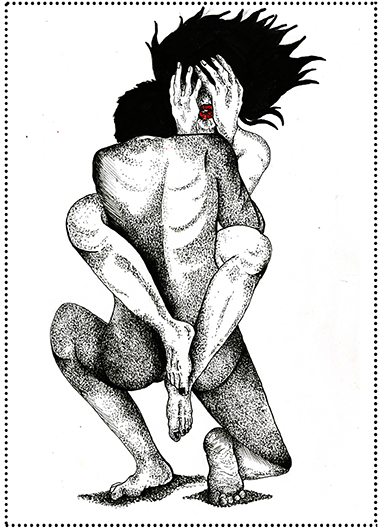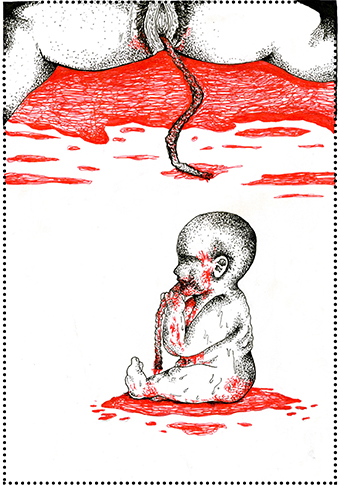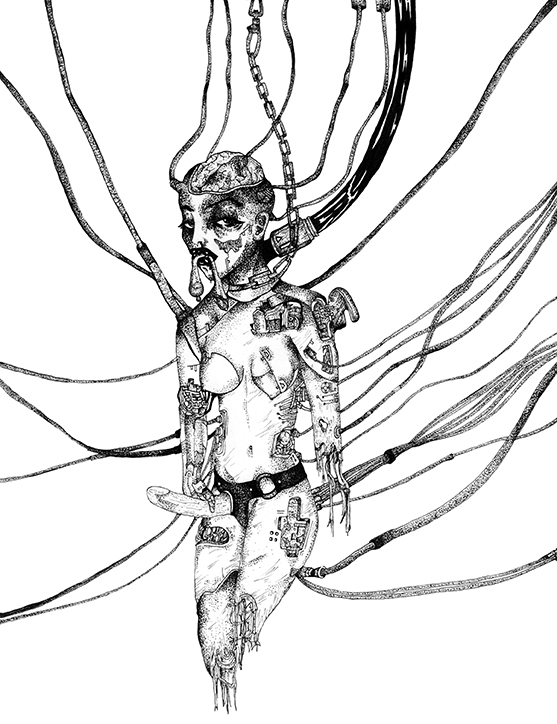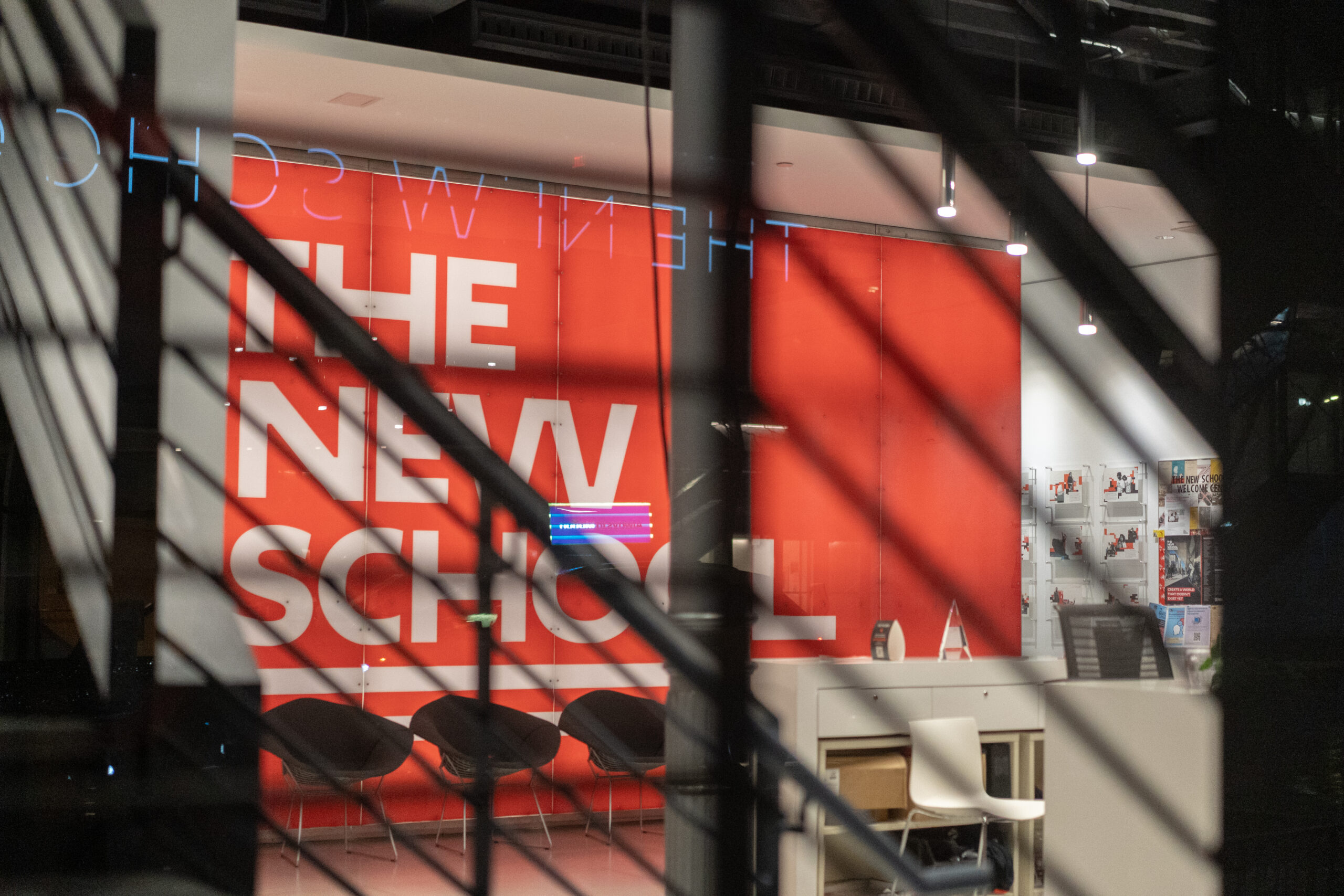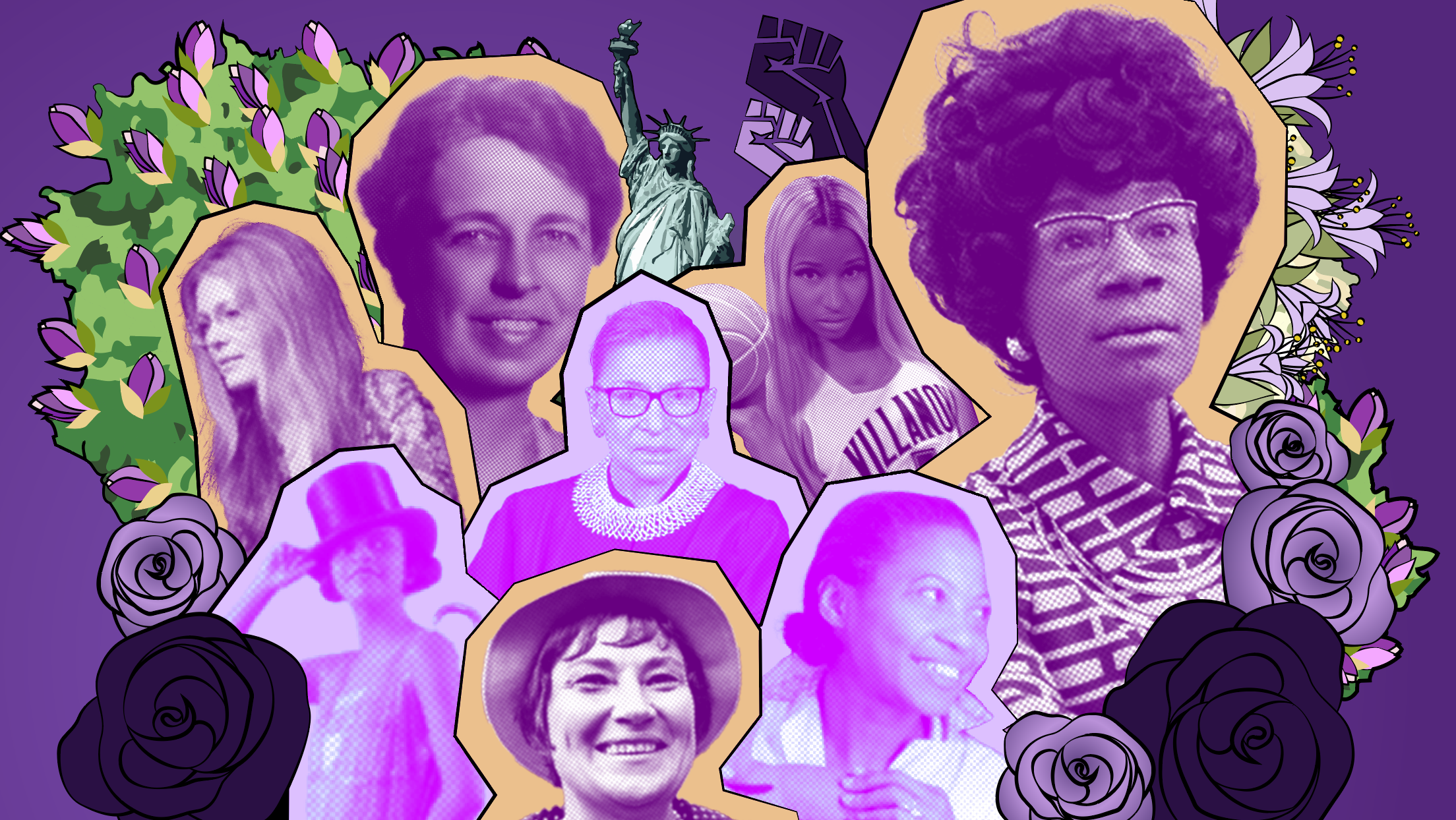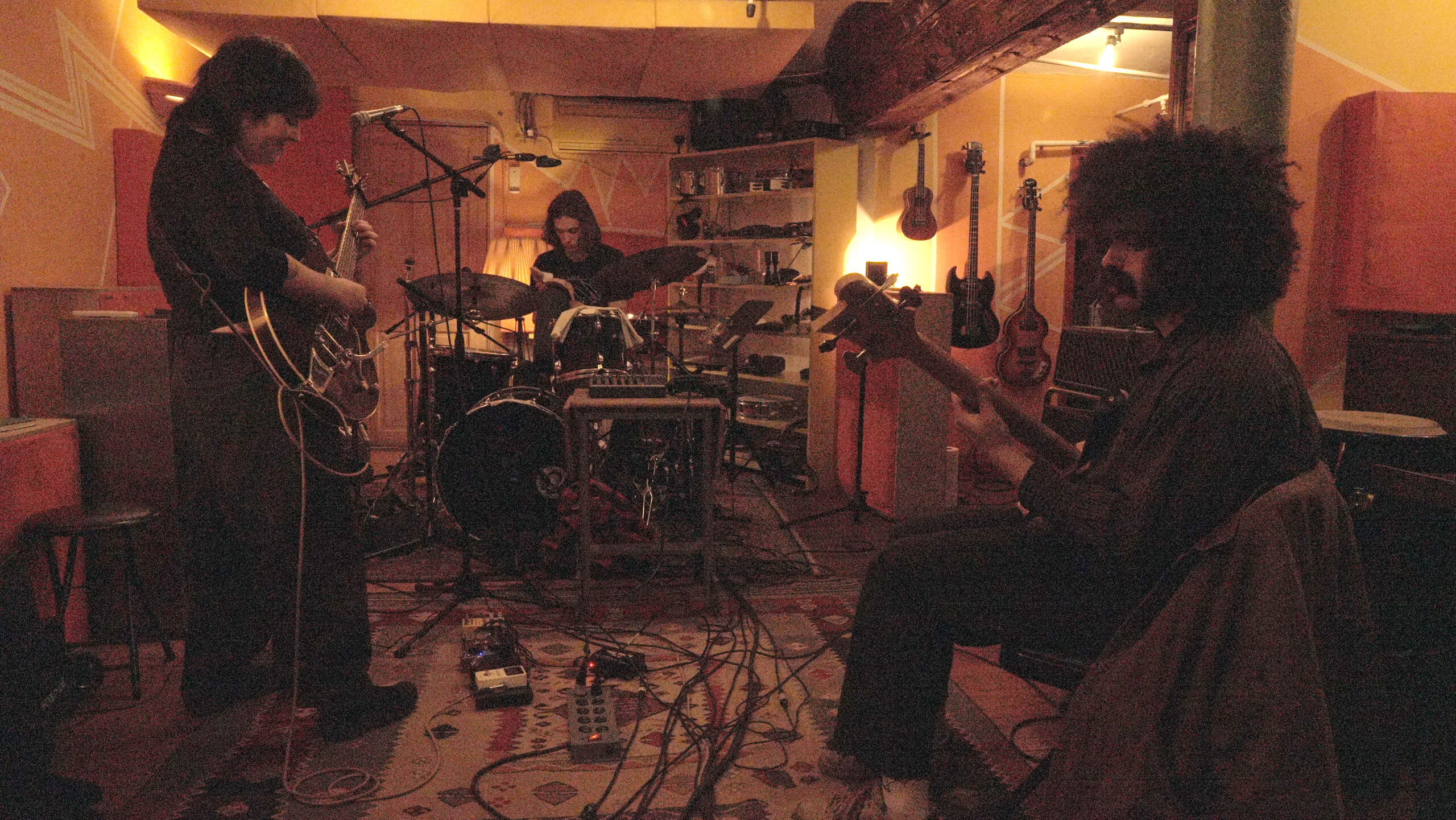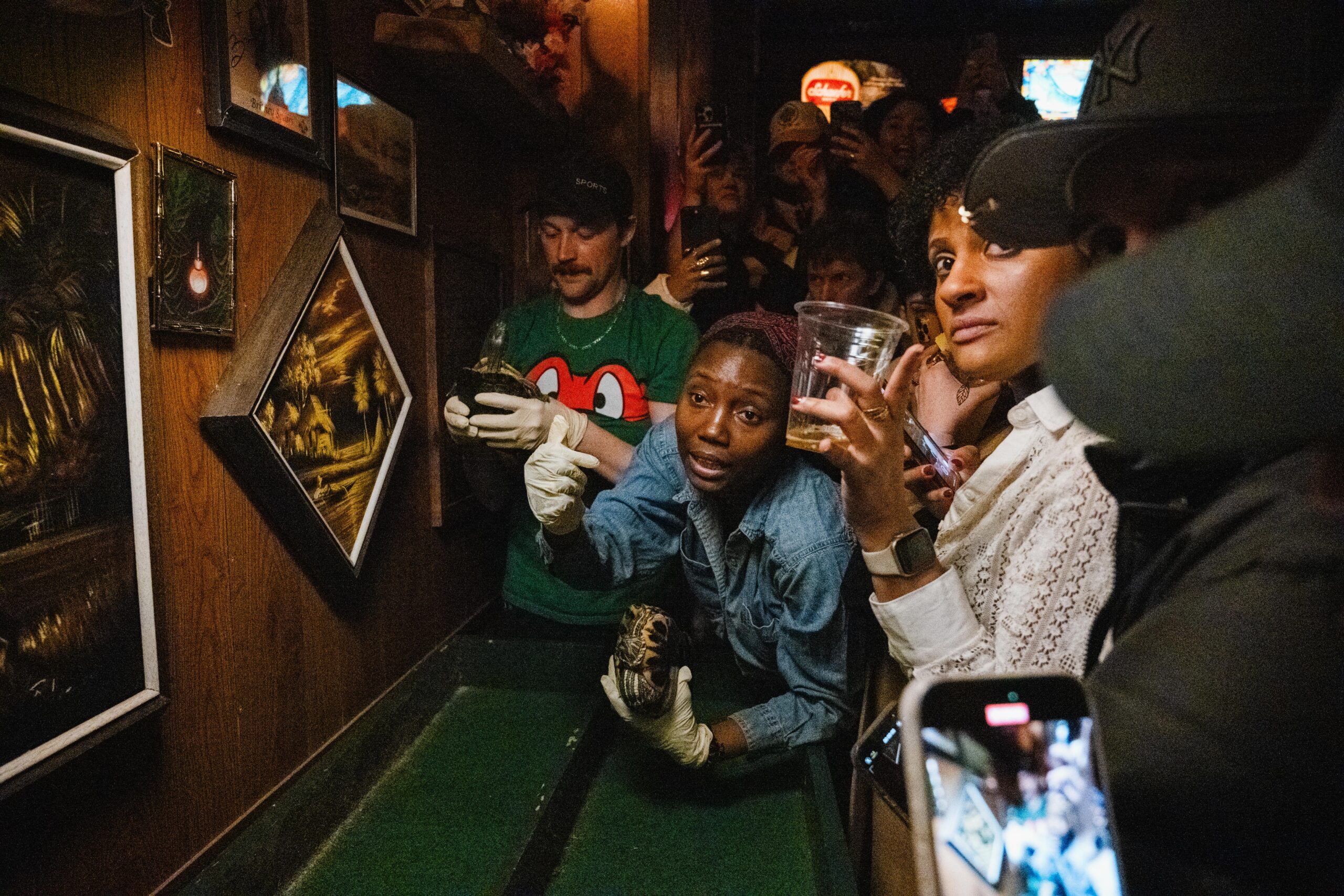With their petite frame, sparkly pink eyeshadow, and the word “lover” freshly tattooed in Gothic typeface across their hand, they sift through their sketchbook. The book is filled with black and white drawings and prints of naked, disassembled, and contorted feminine bodies wearing ball gags and chains.
It’s like a visual blend of the 1986 body horror movie The Fly, Yuu Kamiya’s anime No Game No Life, and a smattering of BDSM. “I’m so glad I’m in art school because I can just be a freak here,” Annie Jim, the creator of these drawings, giggles.
Annie Jim’s art combines clean black pen lines with stippling to create gender-fluid, erotic characters in a fantasy cyber world, a world where trees have titties for leaves and female sexual repression has been eradicated.
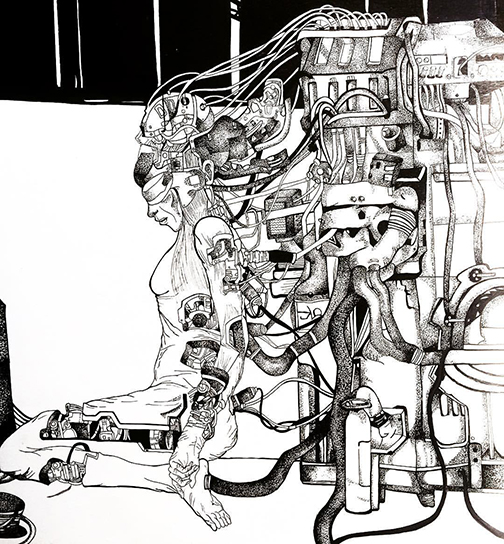
When I started reading Freud and started really looking into theory, deconstructing what the woman is and even what the body is, that’s when my art started changing and developing more focused themes on gender and sexuality
Jim, a Parsons student majoring in illustration with a gender studies minor, began drawing around the age of five. Although their art is currently inspired by poststructural feminism and the theories of French psychoanalyst Jacques Lacan, a consistent concept in their art over the years has been “worldbuilding” — constructing a fictional world —— and depicting female-like superheroes.
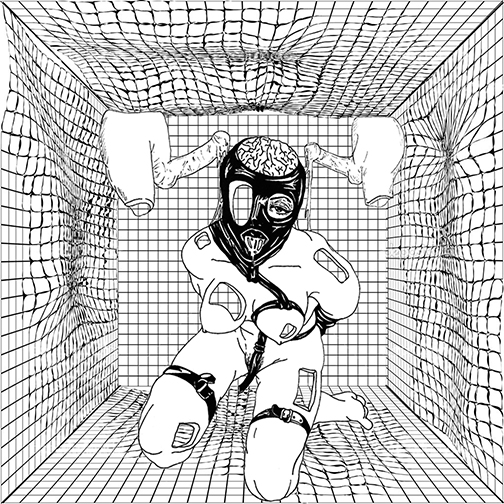
“When I started reading Freud and started really looking into theory, deconstructing what the woman is and even what the body is, that’s when my art started changing and developing more focused themes on gender and sexuality,” Jim said. “I like making the characters that I draw really ambiguous in terms of their gender identity.”
The 22-year-old artist, originally from Taiwan, moved to the U.S. at the age of two and grew up in Boston. Jim says they have always struggled with their gender identity and gender dysphoria, as well as constantly being seen as “other.” In America, they are seen as foreign, and in Taiwan, as American. Jim identifies as Taiwanese-American. As for their gender identity, there isn’t a solid one they identify with, but the closest would be non-binary femme.
“When I was younger I thought that if I appeared more masculine I would be more in charge, so for a while I just denied myself any femininity,” Jim said. “As I met more people who felt the same way, I started embracing more feminine traits and trying to define my own womanhood.”
They explain that they like to depict bodies that are intersex, or with fluid identities, to challenge the assumption that a person’s genitalia defines their gender.
Alex Gilbeaux, also a junior studying illustration, said there’s a rawness in Jim’s work that she feels is very rare, describing it as dark, intensely erotic, and evocative. She feels as though there is a parallel between Jim’s feelings of being misunderstood and their characters in their art. “The drawings of the mutilated figures with the strapping make me think of Edward Scissorhands, because of the tender and sensual nature of a misunderstood creature,” she observed.
I also relate it back to my own experience, the Asian stereotype where Asian women have to deal with a lot of fetisisation and exotifying.
Jim posts their artwork to the Instagram account (@deadgrips) with the tag line: “Follow for the thirst trap selfies, stay for the kick ass and emotional sexual content.” They recognize that it is a large platform for illustrators to get jobs or commissions.
However, some people have messaged them assuming that they are interested in the sexual acts depicted of their art.
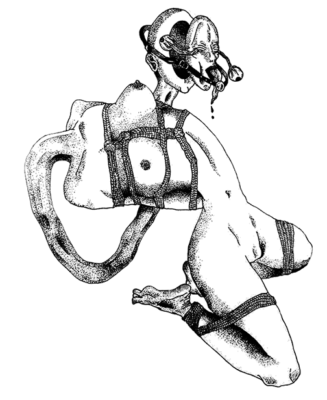
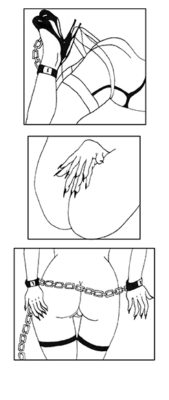
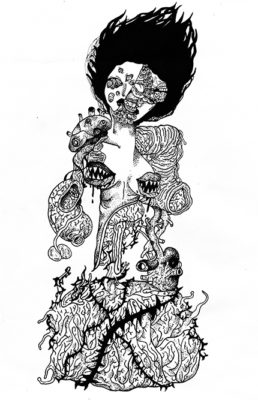
Jim explains that there is a difference between erotica and sex, and that people often mistake them for being the same.
“I also relate it back to my own experience, the Asian stereotype where Asian women have to deal with a lot of fetisisation and exotifying. I’m put in this category of being this submissive Asian type, like the cute little girl — all that gross shit — and I really wanted to break out of that. It does make me uncomfortable sometimes,” Jim said.
Through Jim’s body language, it is evident that discussing these sexual offers is unsettling to them. They touch their long black hair, make less eye contact, and giggle after each sentence. It’s is an interesting juxtaposition to the boldness of their Instagram photos, with the assertiveness of their opinions revealed in their captions.
In an interview, Jim tells a story about how in March, Jim’s friend gave them handcuffs and a ball gag, a signature image in their work, as a birthday gift. Jim said they probably will not use it, but hang it on their wall as decoration, since it follows their “aesthetic.”
Jim said their own sexual life is “actually pretty vanilla.”
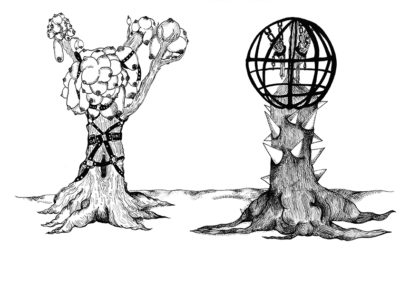
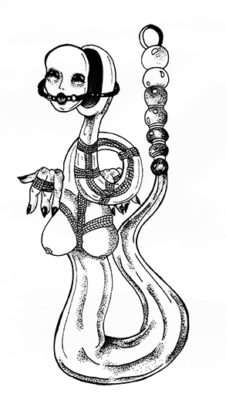
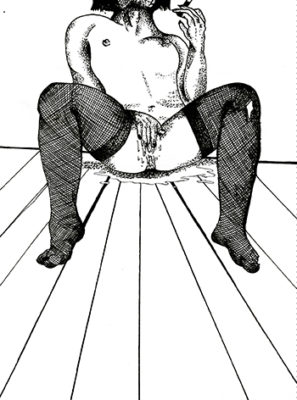
While telling the story, Jim scratches their neck, giggles again, and tugs at their black turtleneck, revealing a jewel-studded choker that reads “SICKO.”
Under the winged eyeliner, overdrawn brown lips, and all-black outfit of a person who seems like they wouldn’t give you the time of day, resides a warm-hearted and tender person, well-inclined toward being an open book.
As soon as the topic switches from their personal life to their work, the same confidence emerges that’s in their art and their Instagram posts.
A confident, “bad bitch” and an introverted, timorous interview subject creates the intriguing blend that is Jim, and that is entirely reflected in their art. It is clear Jim’s intentions are to make the viewer think and feel, when looking and talking to them or when looking at their art.
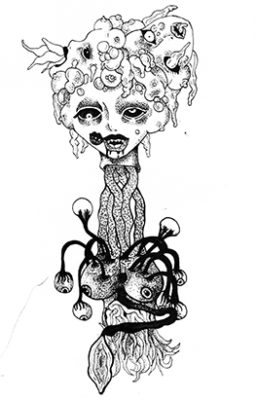
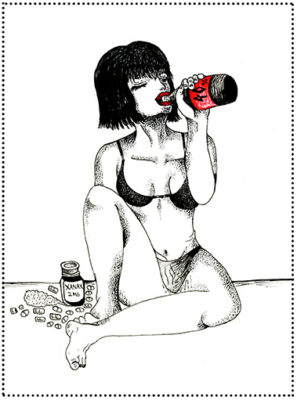
“Annie’s imagery embraces a variety of challenging content and consistently dispatches it with tender loving care,” said Mark Newgarden, one of Jim’s current professors at Parsons. “I’ve never given a student notes on exit wound trajectory before.”
Jim largely feels like they are in a box at school, where most professors and peers don’t really understand their art. Through a select few friends from the school, Jim has discovered a community of comic book and zine illustrators outside of The New School.
Still, being in art school and coming to New York City has provided Jim with the opportunity to start fresh.
Jim finds that what they and others describe as obsessive art is very therapeutic. In simple terms, they want their art to evoke an emotion in their audience, no matter what kind.
“I like to think at some point gender will be more of an obsolete thing, like there will be less emphasis on the binary and there will just be more room made for any kind of fluid identity,” Jim said.
